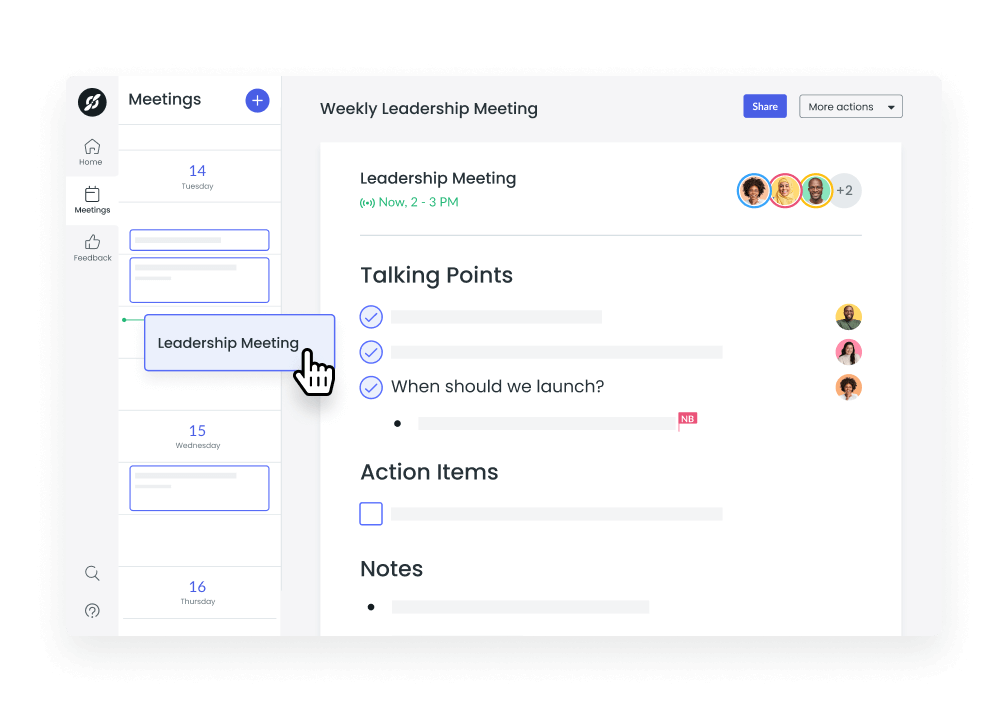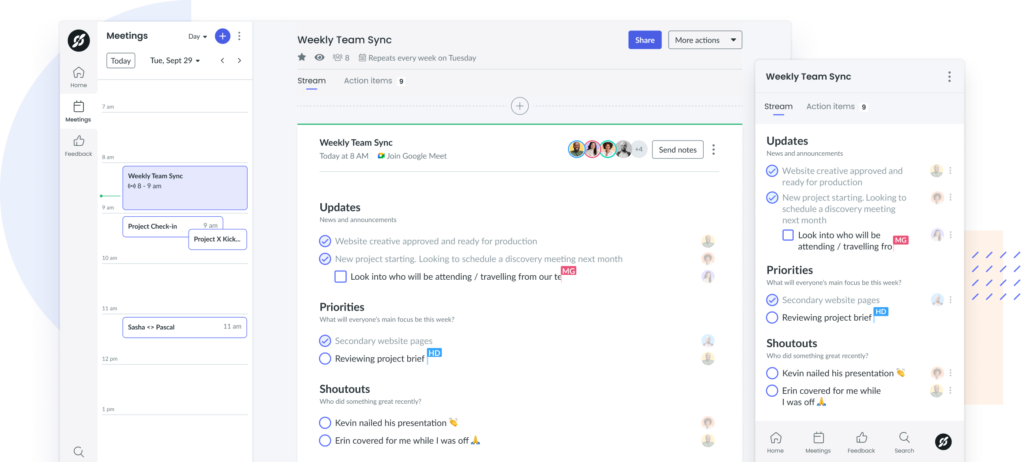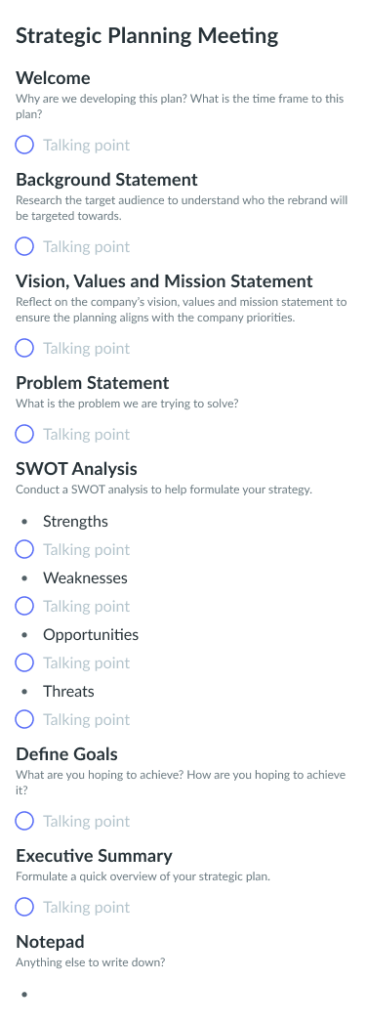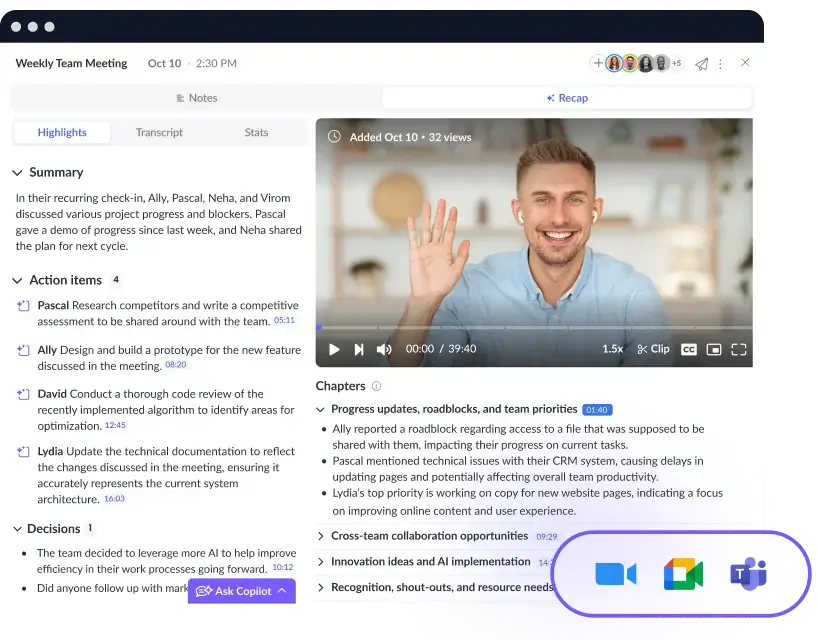How to Embrace and Manage Complex Change
If your business needs help embracing and managing complex change, follow these best practices for success.
We change our styles, our hair colors, and our minds all the time.
And while making these changes in our personal lives can be easy, making changes in our professional lives is often more complex. Whether deciding to use new software, shifting company roles, or reducing staff, managing complex change can be incredibly difficult to get right.
- What is complex change?
- Why is managing complex change important?
- The 5 components of change management
- The 7 C’s of change management
What is complex change?
When it comes to organizational change, complex change can look different depending on the company’s size and the industry. Typically, it involves a situation where the magnitude of change is high or there is a high level of uncertainty regarding the future.
Some examples are:
- A large shift in the vision of the company
- A brand new strategy beginning
- A restructuring of the organization
- Crisis management
- Involuntary job losses
- A merger or acquisition
- A shift spanning wide geographical areas
A complex change management project or incident occurs when one or more of these complicating factors create an obstacle.
Why is managing complex change important?
How a company embraces complex change can make or break the long-term and short-term success of the business. Sometimes, the future may depend on how complex change is managed, especially since staff, revenue, and customer relations changes can disrupt a poorly organized change management project.
When managers are faced with uncertainty, how they stay in control, make important decisions, and handle teamwork becomes more important than ever. If a manager or team leader is struggling with the complex changes around them, leading by example with a positive attitude becomes incredibly difficult.
Having the skills, resources, and knowledge necessary for managing complex change can bring out the best in all employees as they go through certain types of organizational conflict.

Navigate complex changes seamlessly with effective communication
Elevate your change management approach with effective communication for enhanced efficiency and productivity. Try a tool like Fellow today!

The 5 components of change management
Mary Lippitt and Timothy Knoster developed the five core components of change management, also called the Lippitt-Knoster model. This popular approach to managing complex change consists of the following:
- A clear vision and comprehensive strategy
- The engagement and involvement of key stakeholders
- A communication plan
- Effective leadership and sponsorship
- Change readiness and capability
1A clear vision and comprehensive strategy
The whole project takes shape when a complex change management project has a clear vision and comprehensive strategy. When business leaders understand the why behind the change, the differences the change will make, and how to measure its success, the process can move forward with ease.
2The engagement and involvement of key stakeholders
Next, teams need to loop in and involve key stakeholders. Getting key stakeholders on the same page and in agreement with what needs to take place within the complex change helps reduce resistance and make it a collaborative experience for everyone involved.
Fellow provides a space where team members and stakeholders can collaborate, share their perspectives, and contribute to the change efforts. With Fellow’s Guest User feature, you can now run productive meetings with people outside of your organization, including stakeholders.
3A communication plan
There will be questions along the way, so having a clear communication plan that everyone can reference and use helps ensure nothing falls through the cracks. The first step in a communication plan is informing employees about the need for the change before it takes place.
To do that, managers could send process emails to their team. These are important because they allow a manager to notify many people with the same information quickly. Sending notifications of process changes to employees by email is also trackable and searchable so that employees can go back and find information about the changes later if they need to.
Using communication and collaboration tools like Fellow can also streamline this process by allowing managers to share information effectively and quickly via collaborative meetings—including asynchronous meetings. By empowering your team to build great meeting habits, Fellow enables seamless team communication through collaborative meeting agendas, time-saving templates, multi-assignee action items, and more. Further, Fellow’s Chrome extension allows you to access your meeting notes right inside of Google Meet calls and your Google Calendar to streamline meeting communication by never leaving the tools you’re already using.

Pro tip: Try Fellow’s free Strategic Planning Meeting Template to align the goals of a team or department with the company at large:

4Effective leadership and sponsorship
Another component of change management is effective leadership and sponsorship. Because there are so many moving parts that go hand-in-hand with complex change, having a leader who knows what they’re doing, is organized, and is dependable helps things run smoothly.
Fellow empowers everyone to stay organized, dependable, and transparent by collaborating on meeting notes in one central place so that nobody forgets what was discussed when the next meeting comes around. Fellow also helps keep everyone accountable and responsible for the meeting, not just the meeting organizer, by building great meeting habits that make every meeting worth showing up to.
“Our team recently integrated Fellow across every department. Fellow has helped our team in three areas: organization, communication, and action. As a remote team, communication is of utmost importance. Fellow allows for detailed note taking during meetings to ensure everyone stays on the same page. Action – Fellow helps keep us moving forward. It’s been invaluable for internal team meetings. We’re able to create meeting agendas with Fellow’s templates, assign Action Items, and review notes from the previous week to carry over any unaddressed talking points. Finally, Fellow allows our entire team to stay organized. We love it!”
– Emma H, G2 Review
5Change readiness and capability
Finally, change readiness and capability can be hard to come by, but it’s the final component of effective change management. When a change in the workplace occurs, it’s normal for teams to feel a wide variety of emotions, ranging from negative to positive or even neutral. But whether there are changes to technology, changes to company goals, or schedule changes, coping with change takes time. Managers shouldn’t rush feelings of acceptance regarding these changes but should instead encourage their team to come to them with questions or concerns.
The 7 C’s of change management
Regarding complex organizational change, Linda Brimm, Professor of Organizational Behavior at INSEAD, proposed in 2015 that there are seven C’s that go into management from start to finish. All seven work together to achieve the best possible outcome. They are:
- Complexity: Planning for change means having answers to several difficult questions. Leaders need to consider all the issues at play in a change effort and what elements will make it complex without ignoring potential resistance from their team. And since keeping things the same is always tempting, knowing how to embrace the complexities awaiting them is step one.
- Clarity: Every detail needs to be made clear when going through the change process—especially the roles of managers and leaders. Understanding key details and knowing how to prioritize specific issues allows leaders to answer questions from their team with honesty and transparency. To get this clarity, conduct thorough research, have tough conversations, and hear comments from both key stakeholders and employees.
- Confidence: It’s common to feel like things are moving too fast or spiraling out of control as they change. This also makes it hard to believe that the change can be made successfully. To shift into feeling confident, leaders need to show their team that they are still in control and have choices to make. And while no one can predict the future, being prepared for what may be ahead can give employees the confidence needed to handle what’s to come.
- Creativity: Leaders should be brainstorming innovative solutions to problems that arise. Since the company may be experiencing challenges it has never had before, lean on employees’ expertise and consider consulting with outside experts for additional help.
- Commitment: When a company is clear about its challenges, it can take the first steps to implement the change. Commitment to the project and the desired outcome, even in moments when things may not feel right, is the key to moving forward.
- Consolidation: It’s normal for companies to feel like they have one foot in the past and the other embracing the change. During this time, remember to leave the previous strategy completely behind to adopt the new one successfully.
- Change: There’s nothing left to do but rip the bandaid off and move forward with the changes. And since there’s no going back now, it’s time to live in the change and its consequences while also finding ways to embed the change into the company culture.
A change will do you good
Things don’t stay the same forever. And when an organization knows how to face and plan for complex change head-on, things will likely go smoothly, and their business can continue to succeed. The difference between managing complex change with a plan and going into complex change without a strategy is huge, so be sure your company is on the right side of change. And don’t forget to leverage tools like Fellow to make your complex change a smoother transition and set yourself up for success!











